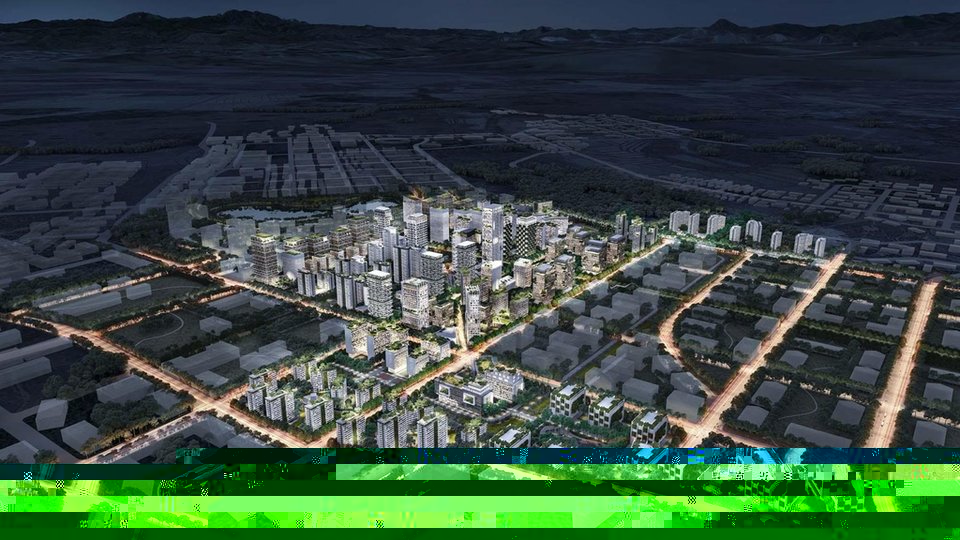Comment
Smart cities could become engines of emerging APAC growth
GlobalData explains why the smart city concept has become integral to many new urban development plans in the Asia-Pacific region.
Smart cities integrate information and communication technologies to address challenges faced by urban living. It’s a concept arguably pioneered by South Korea with the Songdo International Business District project, a masterplan city that began construction in 2002 with the reclamation of land along Incheon’s waterfront.
In the meantime, the ‘smart’ aspect has become a must-have in many new urban development plans in the Asia-Pacific region.
The Covid-19 pandemic has demonstrated the tremendous benefits of a smart city featuring high levels of digitisation in government and business. Some of the countries that have contained the virus most successfully across the globe include Japan, Taiwan and Singapore, all of which have some of the most advanced smart cities in the world.
Singapore, for example, was one of the fastest to utilise the capabilities it had invested in as part of its Smart Nation Initiative to tackling the pandemic, rolling out a nationwide QR code check-in system and a contact-tracing app named TraceTogether, the source code of which was later shared with Australia for the country’s COVIDSafe application.
New greenfield masterplan smart cities in Asia, however, will mostly be found in developing countries, where the aim is to create new economic and administrative centres to drive growth for the rest of the century and beyond.
Especially in Southeast Asia, the indomitable drive towards digitisation has prompted the Association of Southeast Asian Nations (ASEAN) to launch the ASEAN Smart Cities Network to promote best practices and cross-border exchanges for the development of smart cities.
Here we look at some examples of smart cities in planning and development in Asia.

New Clark City is a smart city in development in the Philippines. Credit: Broadway Malyan
New Clark City, Philippines
Budget: $14m (Phase I)
Timeline: 2016 – 2020 (Phase I), 2065 (projected completion of the entire project)
Located in Central Luzon, north of Manila, New Clark City is envisioned as the Philippines’ first smart, green and disaster-resilient metropolis. Designed by Broadway Malyan and managed by the Bases Conversion and Development Authority (BCDA), which tasked with transforming former US military bases for civilian use, New Clark City is sited on the former Camp O’Donnell.
The masterplan for the city aims to counter Manila’s pollution and congestion problem with driverless cars, drones and eco-friendly buildings.
New Clark City has been proposed, with the support of the BCDA, in the Senate as the Philippines’ new capital by 2030. President Duterte has formally declared the city as the back-p u seat of government in the event of emergencies and disasters.

Nagara Rimba Nusa is the winning design concept by URBAN+ for Indonesia’s new capital city. Credit: URBAN+
Having a piece of software that uses a non-proprietary-based data exchange means the files can be easily shared.
Nagara Rimba Nusa, Indonesia
Budget: $33bn
Timeline: 2021 – 2045
Indonesia’s current capital, Jakarta, located on the island of Java, is sinking. Facing the dual threat of rising sea levels and being built on swampy land, almost half of the city now sits below sea level.
The new capital is to be located on in East Kalimantan, on the island of Borneo, straddling the two relatively undeveloped regions of Kutai Kertanegara and Penajam Paser Utara. In Borneo, the new capital city may promote stronger economic ties with Malaysia and Brunei, who share the island.
During a design contest for the new capital city, the submission by architecture firm URBAN+ beat out 755 other contestants. The concept is titled Nagara Rimba Nusa, which translates as “forest and island hilltop”.
The design will not be used as the sole basis for the new capital city, nor is the name of the submission the final name of the new capital city. To be built with eco-friendly and smart city features, construction of the new capital city is slated to commence in 2021 despite the Covid-19 pandemic.

The Delhi-Mumbai Industrial Corridor is one of five industrial corridors planned for India. Credit: National Industrial Corridor Development Programme
Delhi-Mumbai Industrial Corridor, India
Budget: $72bn
The Delhi-Mumbai Industrial Corridor (DMIC) is one of five industrial corridors planned under India’s National Industrial Corridor Development Programme. Under what is touted as India’s most ambitious infrastructure programme, the programme is an extension of the DMIC, which originally began as joint project between Japan and India.
The DMIC came about when supplies of iron ore to Japan were disrupted due to Chinese demand for construction projects in preparation for the 2008 Beijing Olympics. At the time the serving Japanese Ambassador proposed the idea of building an industrial corridor along the lines of the Tokyo – Osaka Freight corridor to help meet the demand.
Under the plan, eight smart cities will be built along the DMIC, two of which are Dholera SIR and Shendra-Bidkin. The project is part of India’s Smart Cities Mission, launched in 2015, which initially aimed for 100 smart cities in five years.